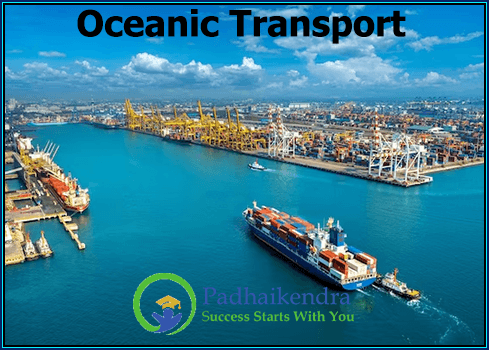Oceanic transport, also known as maritime transport, refers to the transport of goods and people by sea. It is a vital component of international trade and accounts for more than 80% of global trade by volume.
Oceanic transport is facilitated by a vast network of ships, ports, and shipping lanes that connect countries and regions around the world. The shipping industry uses a range of vessel types, including container ships, bulk carriers, tankers, and cruise ships, to transport a wide variety of goods and commodities, from raw materials and finished goods to food and fuel.
Oceanic transport has several advantages over other modes of transport, including its ability to transport large volumes of goods, its relatively low cost per unit of cargo, and its low carbon footprint compared to air transport. However, it also presents several challenges, including the risk of piracy, adverse weather conditions, and the potential for environmental pollution.
Efforts are being made to improve the safety and sustainability of oceanic transport through the development of new technologies, such as automated ships and eco-friendly fuels. Additionally, initiatives such as the International Maritime Organization’s regulations on ship emissions are aimed at reducing the environmental impact of the shipping industry.
In conclusion, oceanic transport plays a crucial role in global trade and is likely to remain a key mode of transport in the future.





